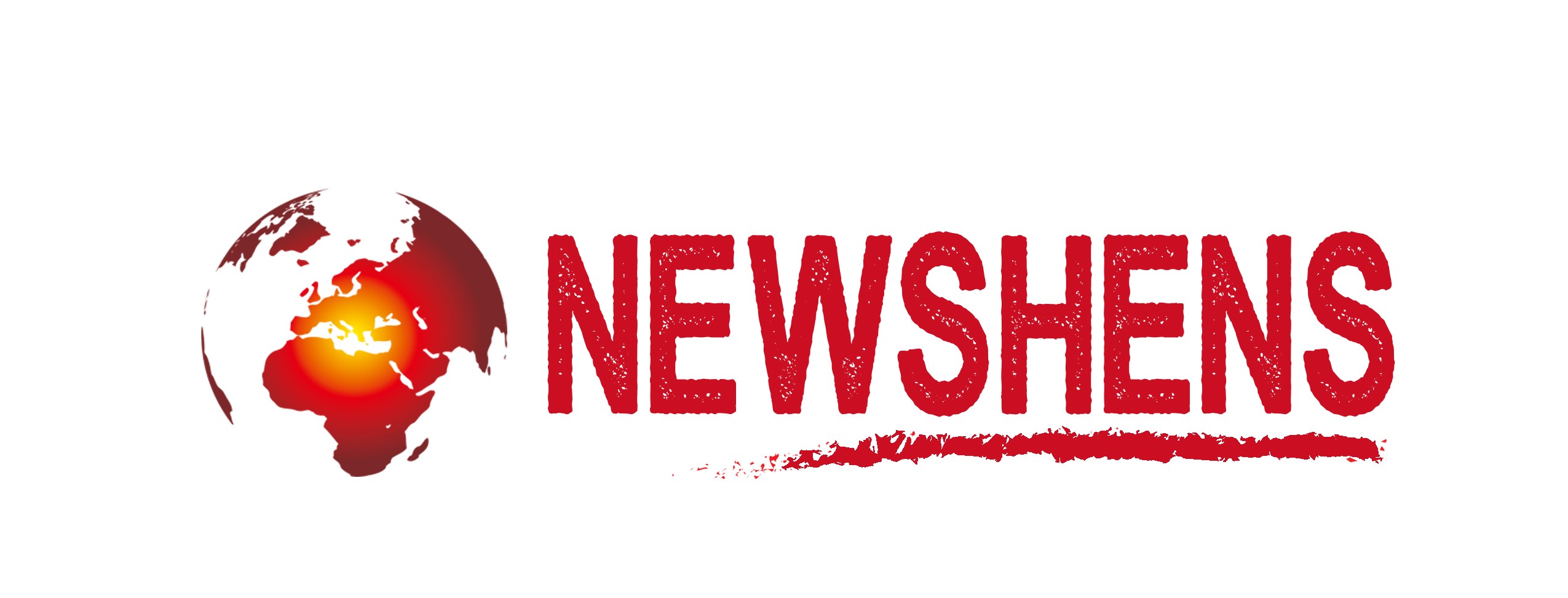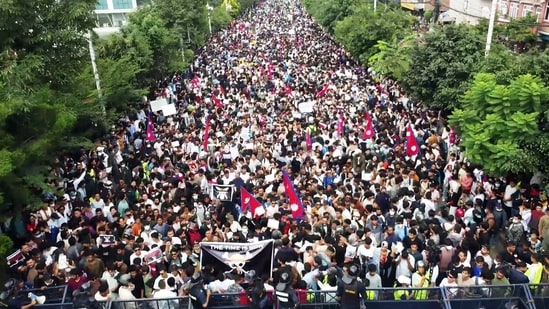Protesters gathered in the thousands in Kathmandu using alternatives like TikTok or technical workarounds like VPN to spread their message. The protests in Nepal against a ban on most popular social media apps are stunning in their scale, but the rage fueling them was far from sudden.
It reflected more recently in trends and hashtags referencing “Nepo Kids” — children of politicians photographed enjoying luxurious lifestyles — to expose alleged nepotism and corruption. That rage mixed with ingenuity meant that despite a ban on platforms like Facebook, WhatsApp and Snapchat, protesters gathered in the thousands in capital Kathmandu and elsewhere on Monday, using alternatives like TikTok or tech workarounds like VPN to spread their message.
And what began as a hashtag over nepotism, turned into a full-scale “Protest by Gen-Z” when the government went ahead with a ban on the most-used social media apps, purportedly throttling voices of dissent. A group from Kathmandu, composed mostly of people below the age of 28, called for the wider protest at first. Another group of youngsters who launched the campaign “Nepo Kids” joined in. Violence erupted at the protest, killing more than 15 protestors, eventually leading to even louder voices for the government to back down. The home minister has since resigned.
‘Anger runs deeper than ban on social media’
The protesters were not only talking of the ban, but also referencing government deals and alleged large-scale corruption. These included a 2017 deal in which the state-run Nepal Airlines bought two Airbus jets. Then there was “inspiration” from similar youth protests in Sri Lanka and Bangladesh in the South Asian subcontinent, a protester told Al Jazeera. The “Nepo Kids” trend came in from the Philippines, he said.
Videos emerged on TikTok showing children of Nepali politicians living lives of luxury. Over the past few weeks, users on since-banned Reddit accused political families of misusing taxpayers’ money. The government’s September 4 announcement to block several social media platforms in “national interest” unsurprisingly led to a clarion call among dissatisfied young people.
Hami Nepal, a nonprofit that began as a youth group in 2015, was among the formal organisers of Monday’s protest. But the stir had support from a varied set of individuals and outfits angry with the coalition government led by Prime Minister KP Sharma Oli.
“The protests are fueled by the frustration of youth and their disbelief in authority, as they feel sidelined from decision-making,” Yog Raj Lamichhane, an assistant professor at Nepal’s Pokhara University, was quoted as saying. He said the grievances “extend far deeper”. There were sporadic bans earlier too, including one on TikTok. But the apps complied or promised to, and were thus unrestricted.
What was Nepal govt’s logic for ban?
Viber, WeTalk, Nimbuzz and Poppo Live have also registered, but others including Facebook have not, a communications ministry official told reporters. Meta, the parent company of Facebook, WhatsApp and Instagram, had not yet responded. “We gave them enough time to register and repeatedly requested them to comply,” communications minister Prithvi Subba Gurung said ahead of the protest.
Prime Minister Oli had justified the ban on Sunday, addressing representatives of the ruling Communist Party of Nepal (Unified Marxist–Leninist). He said the apps must share revenue and pay tax in Nepal, and must also work within rules protecting “our national interest”.
He said his party was not against social media “but what cannot be accepted is those doing business in Nepal, making money, and yet not complying with the law”. He had called the protesters “puppets who only oppose for the sake of opposing”. India has, meanwhile, sounded an alert at its border with Nepal after the protests.



